From seeds to plants: start growing your very own native Texas garden. It’s time to give back to Houston what we’ve taken away: one garden at the time. Native plants, prairies and marshes are needed to mitigate the loss of native land to our ever sprawling concrete jungle. One by one, we can become better in water (and subsequently flood) management. Native Texas seeds are available for shipping, delivery or curbside pick-up at our shop on Westheimer
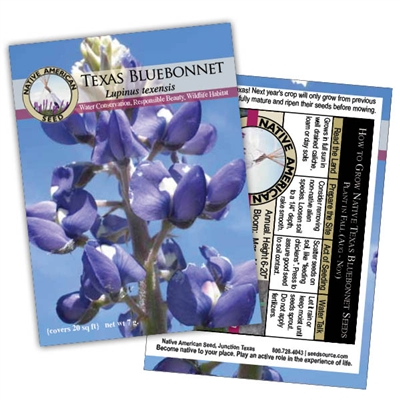
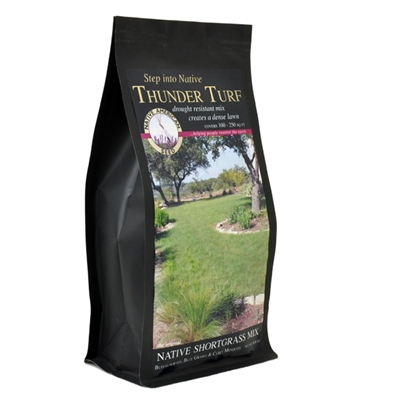
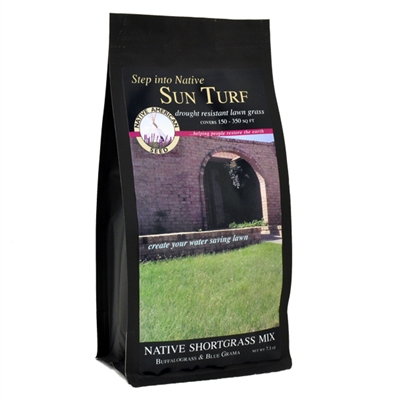

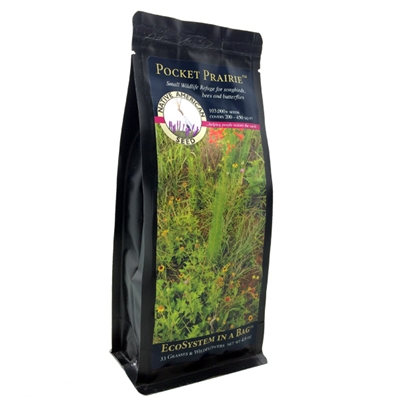
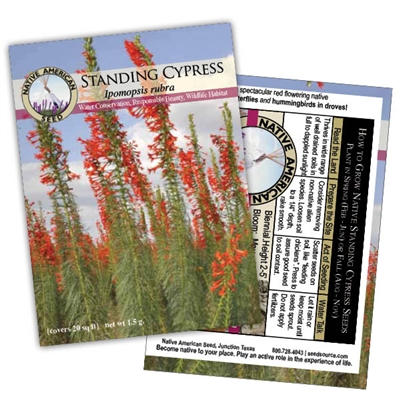
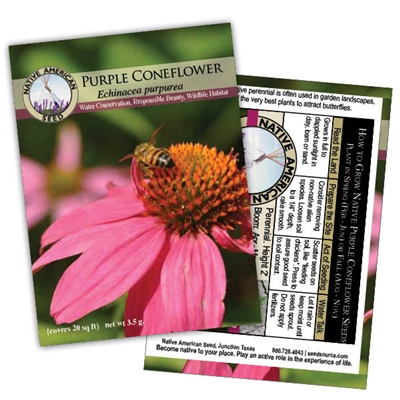
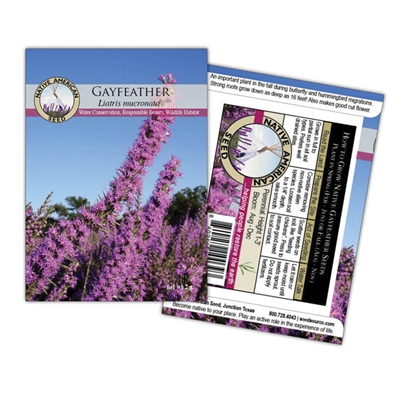
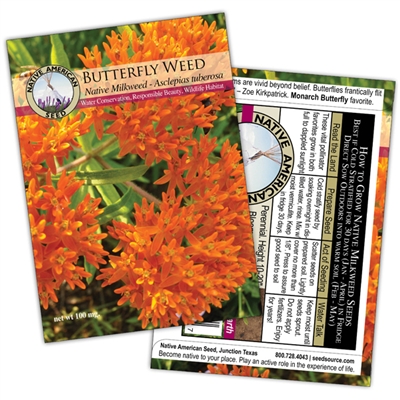
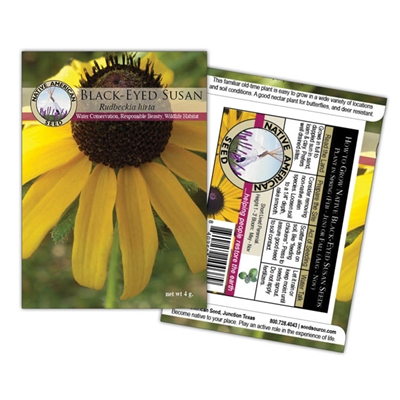
Coverage:
Seed packets (2 g) - Approx. 150-200 seeds per packet (except Butterfly Weed) - Coverage of approx 20 SqFt
Butterfly weed - only 10 seeds per package
Seed bags (4 oz) - Approx. 1000+ seeds per bag - Coverage of 200-400 SqFt
Grass bags (6.6 oz) - Approx. 1000+ seeds per bag - Coverage of 200-400 SqFt
Black-Eyed Susan
Rudbeckia hirta
Grows to a height of 1 - 3 ft tall; blooms April to November, depending on your location. With good rains, Black-Eyed Susan will be lush. We have seen this wildflower blooming in part shade, and the bloom will last longer if shaded from the hot afternoon sun. Where Black-Eyed Susans are blooming in the fall, they are a very important source of nectar to butterflies.
Butterfly Weed
Asclepias tuberosa
10 seeds per packet: due to exceptional quality, but extreme shortages, these unique packets have been created in the hopes of reaching as many helping hands as possible. the Monarchs are counting on each of us to do our part in protecting their mystery and beauty. Only by working together can we insure that milkweeds and butterflies will always have a place in this world.
An important perennial plant in the fall during butterfly and hummingbird migrations. Liatris is also one of the local florist’s favorite in bouquet design
Gayfeather
Liatris mucronate
An important perennial plant in the fall during butterfly and hummingbird migrations. Liatris is also one of the local florist’s favorite in bouquet design
Indian Blanket
Gaillardia pulchella
Sometimes referred to as "Firewheel," Indian Blanket is one of the showiest wildflowers around. A super-easy annual that grows one to two feet in height, it blooms from May to July and sometimes later, and appears just as the Texas Bluebonnets are finishing. We suggest that you find a sunny corner in the yard to plant Indian Blanket. You can plant the seeds in the late Fall or very early Spring, and there is no need to till before planting - just scalp the grass and rake the area, so that the seeds make good soil contact. When the blooms are spent and seeds are mature, simply mow down the plants - and don't be surprised if you get another group of plants in the Fall! As long as you allow the seeds to mature before you mow, you will continue to have a beautiful show of blooms each Spring.
Purple coneflower
Echinacea purpurea
This perennial reaches a height of 2 feet, grows in shade to full sun, and blooms from April through June. With deadheading, and a little extra water, it can bloom all summer. It likes well drained soils of sand, loam, clay, or limestone. Purple Coneflower is one of the very best plants to attract butterflies. It is also important species to add into any tallgrass prairie restoration. Seed can be sown in fall or spring.
Standing Cypress
Ipomosis rubra
Standing Cypress, Ipomopsis rubra, is a fabulous plant and is easily grown from a fall seeding. Texas Plume, Scarlet Gilia & Red Texas Star are some of the other common names that it goes by. This outstanding native likes a wide variety of soil types and moisture conditions. It ranges from North Carolina South to Florida and west to Texas. Growing to over six feet in fertile soil and moist conditions or staying a modest 2-3 feet in poor soil with dry conditions, it stands tall and strong. I have driven by this flower blooming thriving along a dirt caliche road in the hill country. In better growing conditions it has been known to flower in just one year. Typically it is a biennial, sprouting and staying low to the ground as a ferny rosette the first year then shooting up a flower spike and blooming the second year.

